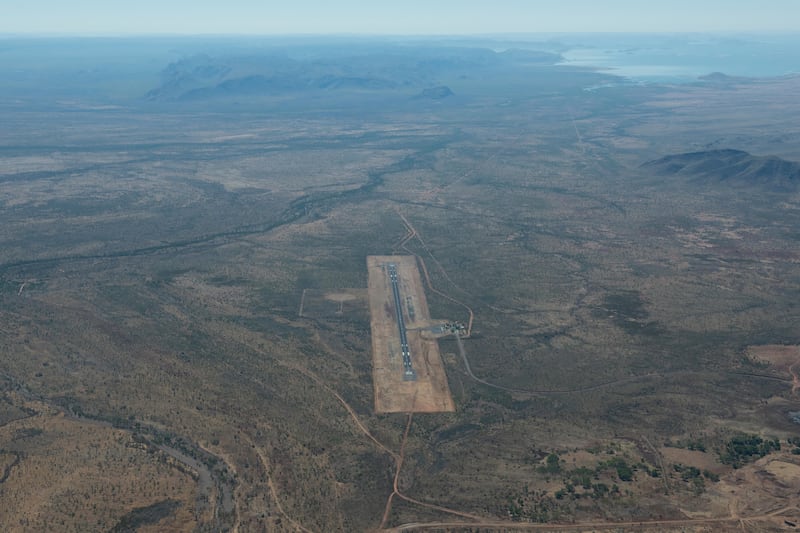Researchers may have found a new clue that could help identify sites capable of yielding vast amounts of valuable pink diamonds.
It is known that there needs to be carbon deep in the Earth for the precious stones to form, and for these to turn pink they must be subjected to forces from colliding tectonic plates – large slabs of rock that divide Earth’s crust.
The new study found a third ingredient needed for the presence of pink diamonds at surface level, which is continents that were stretched during continental break-up hundreds of millions of years ago.
According to scientists, this missing third key ingredient – needed to bring the precious stones to the Earth’s surface where they can be mined – could greatly help in the global hunt for new deposits.
Researchers at Curtin University in Australia used laser beams smaller than the width of a human hair to examine diamond-rich rocks from Western Australia’s Argyle volcanoes.
They found that Argyle was 1.3 billion years old – 100 million years older than previously thought, meaning it would likely have formed as a result of an ancient supercontinent breaking apart.
Lead researcher Dr Hugo Olierook, from Curtin’s John de Laeter Centre, said the stretching of land masses created gaps in the Earth’s crust through which diamond-carrying magma could rise to the surface.
Dr Olierook added: “Argyle is located at the point where the Kimberley region and the rest of northern Australia smashed together many years prior, and that sort of collision creates a damaged area or ‘scar’ in the land that will never fully heal.
“While the continent that would become Australia didn’t break up, the area where Argyle is situated was stretched, including along the scar, which created gaps in the Earth’s crust for magma to shoot up through to the surface, bringing with it pink diamonds.

“As long as these three ingredients are present – deep carbon, continental collision and then stretching – then we think it will be possible to find the ‘next Argyle’, which was once the world’s largest source of natural diamonds.”
However, even with the three ingredients, finding another trove of pink diamonds will not be without its challenges.
Dr Olierook said: “Most diamond deposits have been found in the middle of ancient continents because their host volcanoes tend to be exposed at the surface for explorers to find.
“Argyle is at the suture of two of these ancient continents, and these edges are often covered by sand and soil, leaving the possibility that similar pink diamond-bearing volcanoes still sit undiscovered, including in Australia.”
Co-author and principal geologist Murray Rayner, from mining group Rio Tinto who supplied the rock samples, said the Argyle volcano has produced more than 90% of the world’s pink diamonds, making it an unparalleled source of these rare and coveted gems.
The research is published in the Nature Communications journal.








